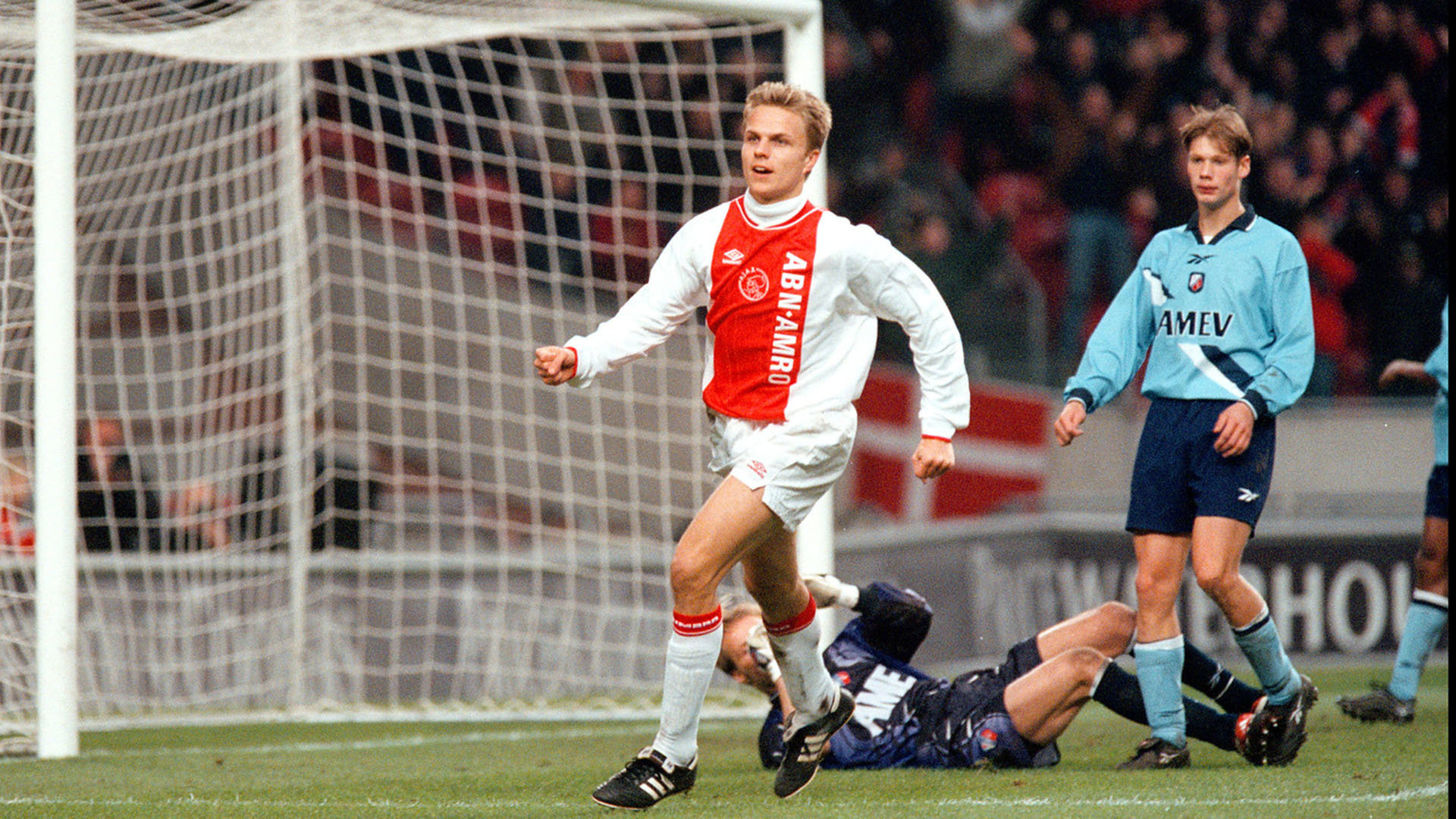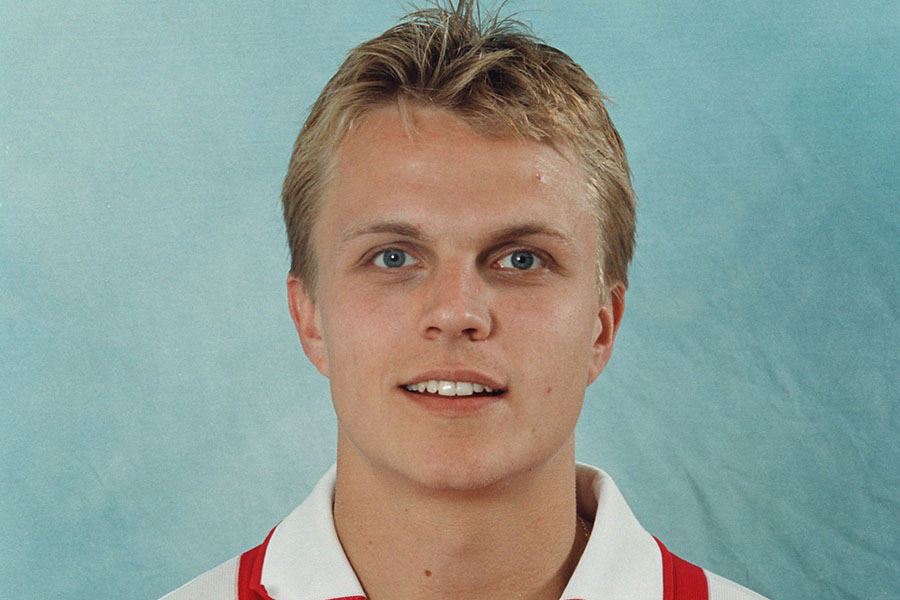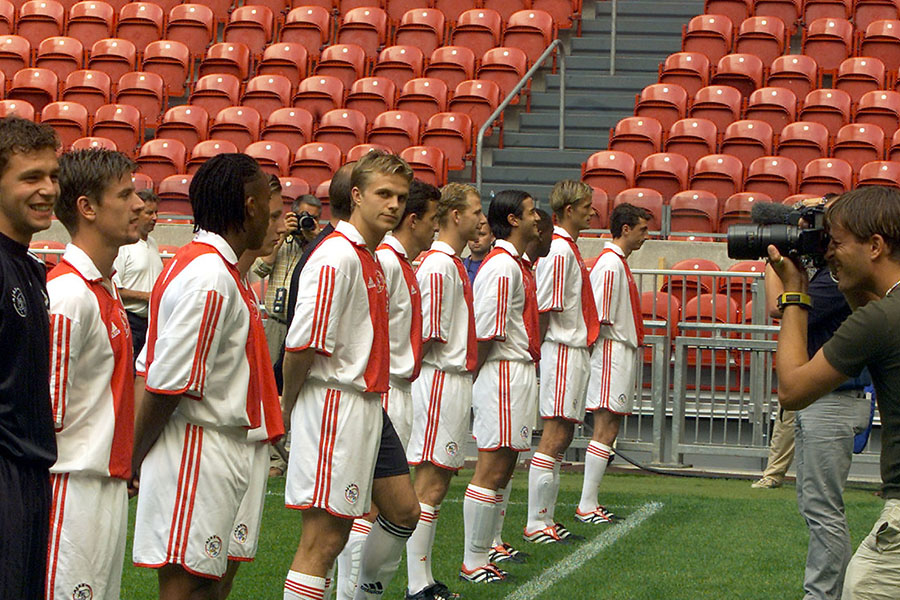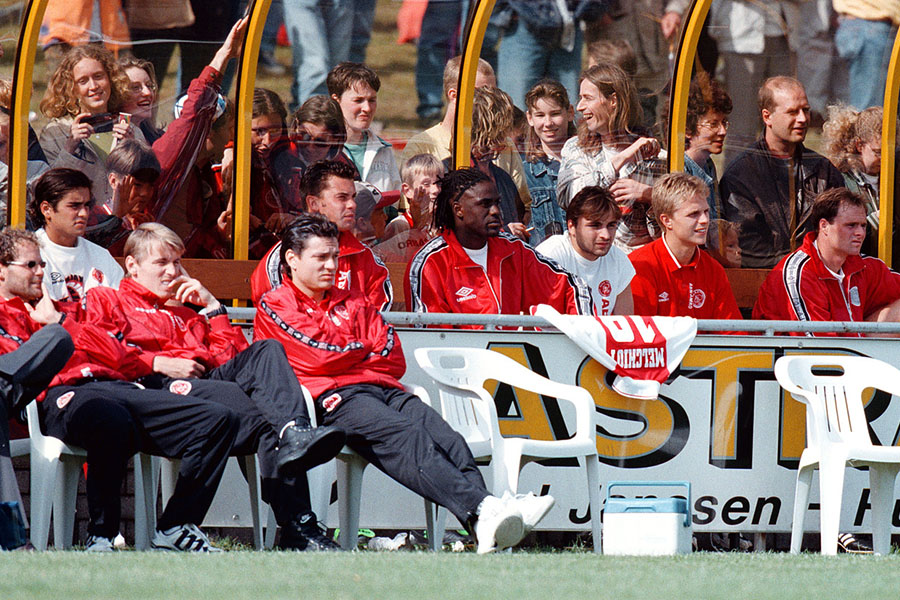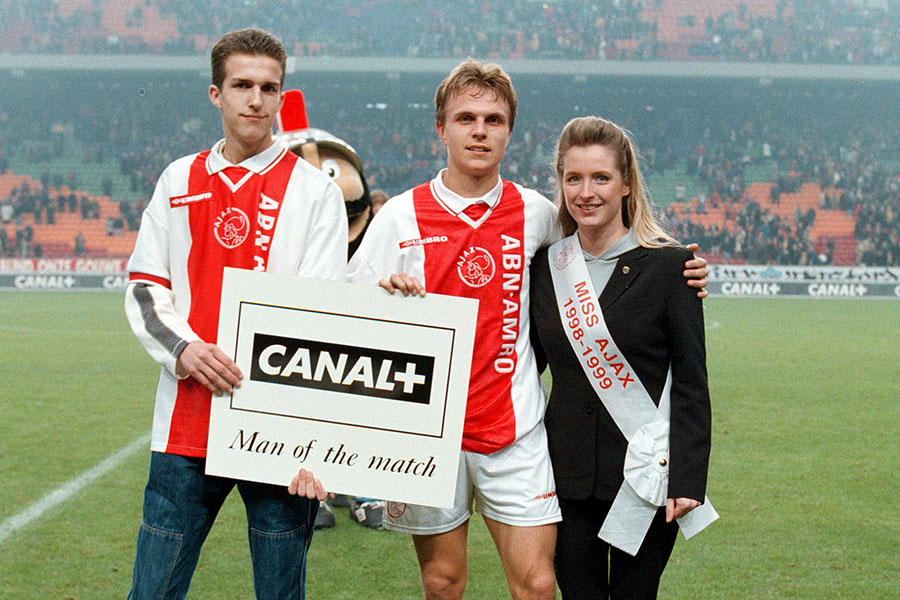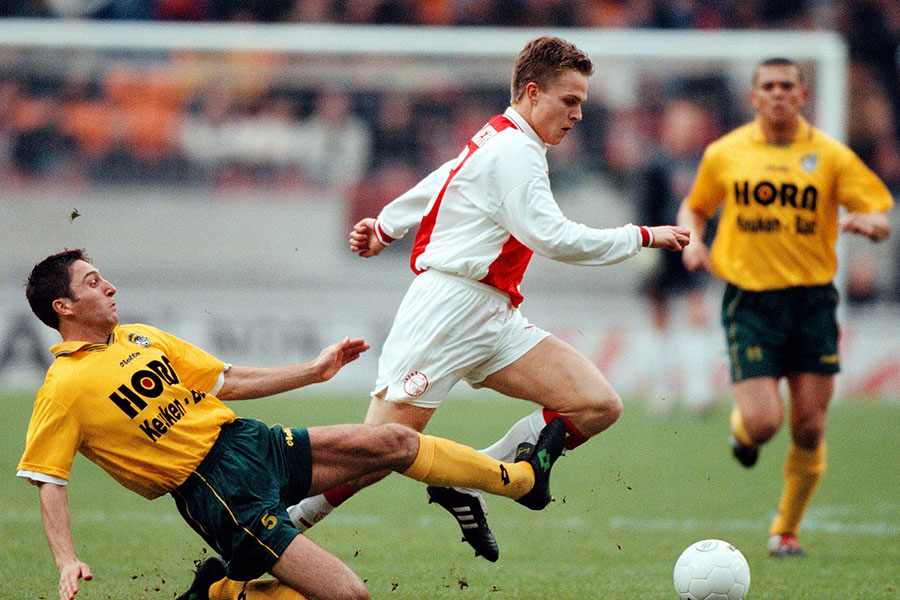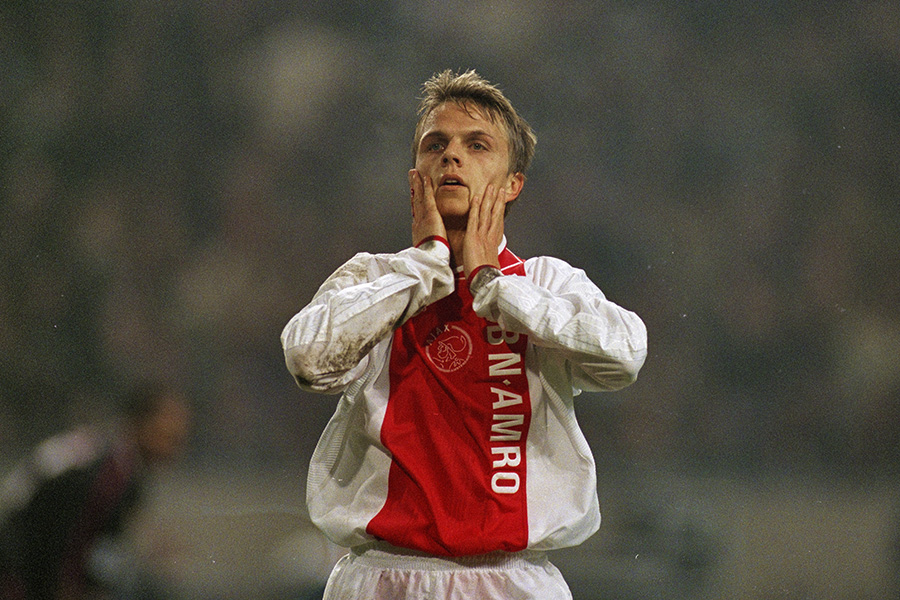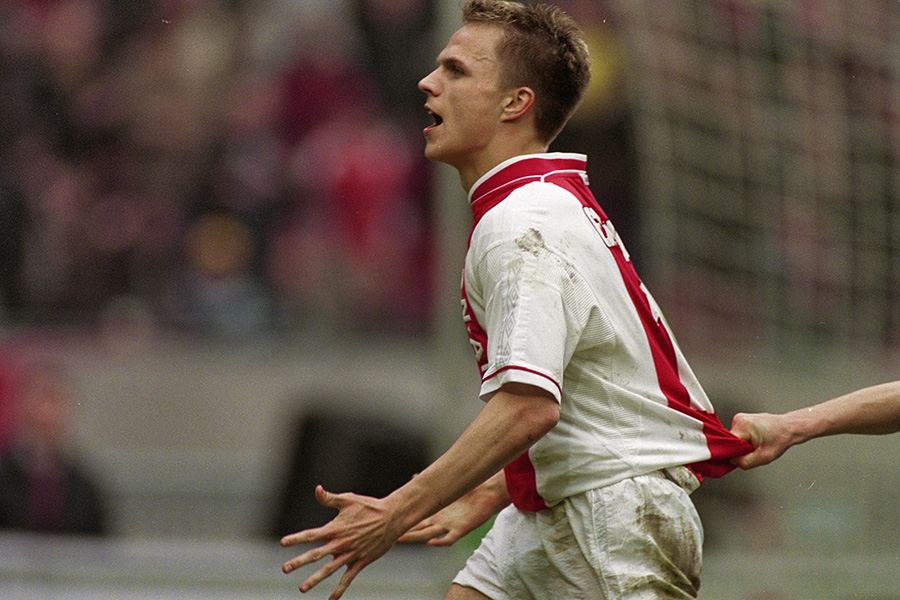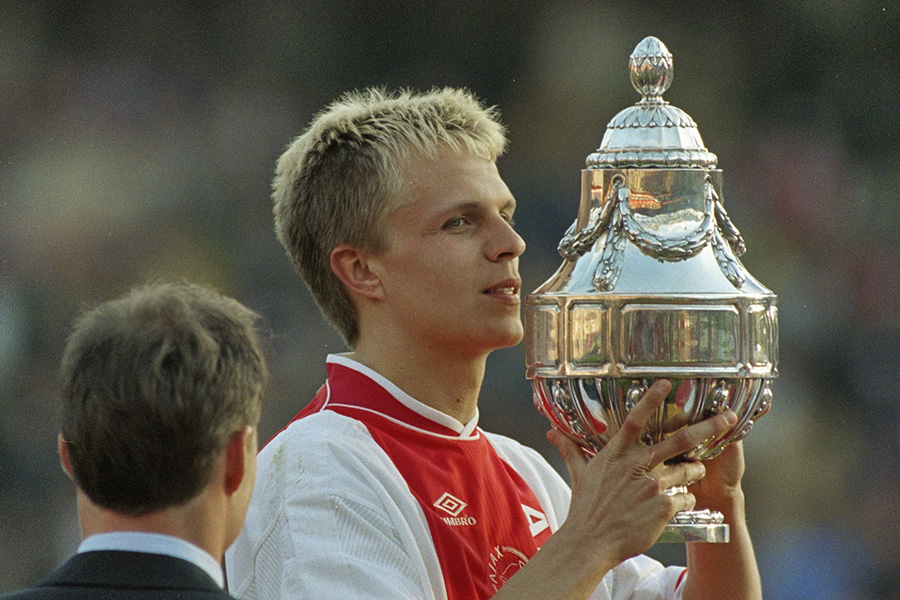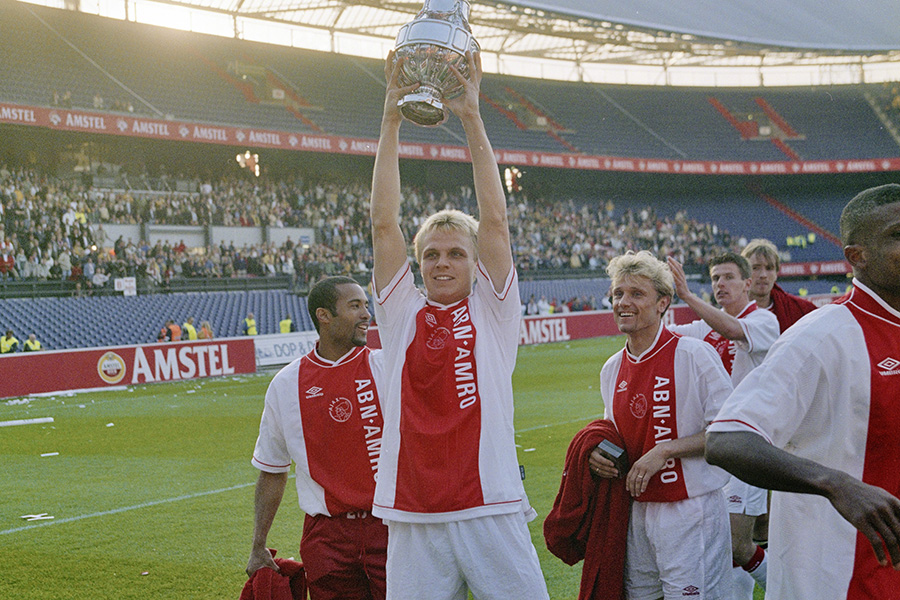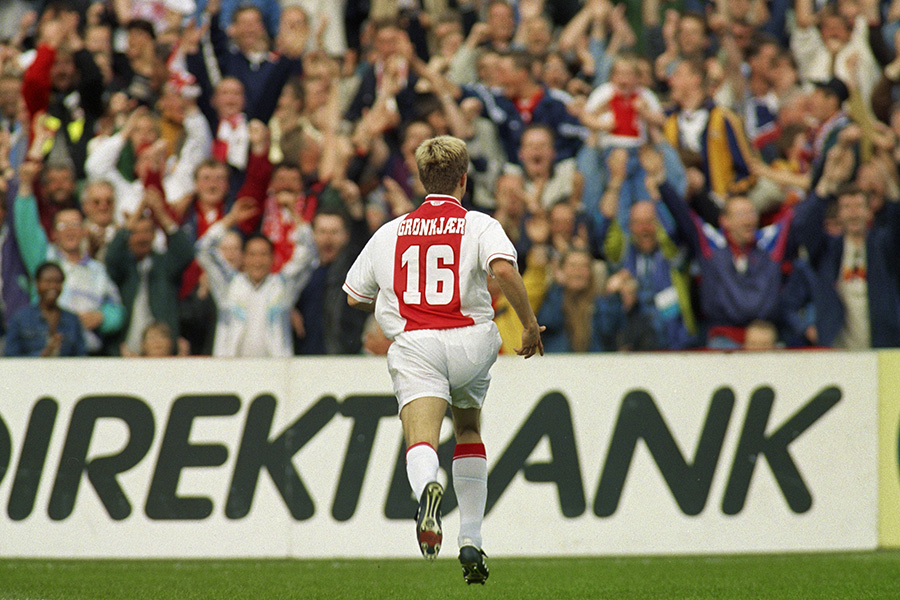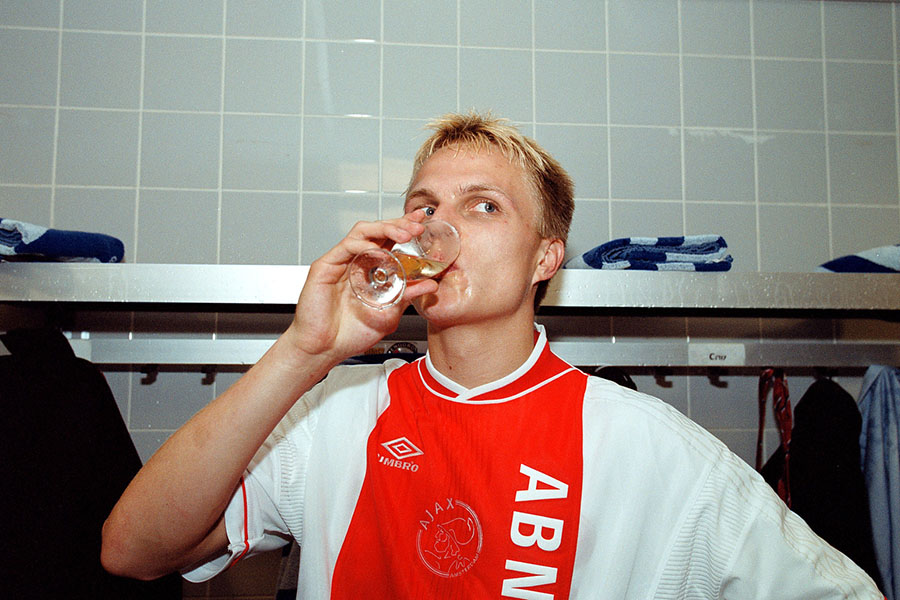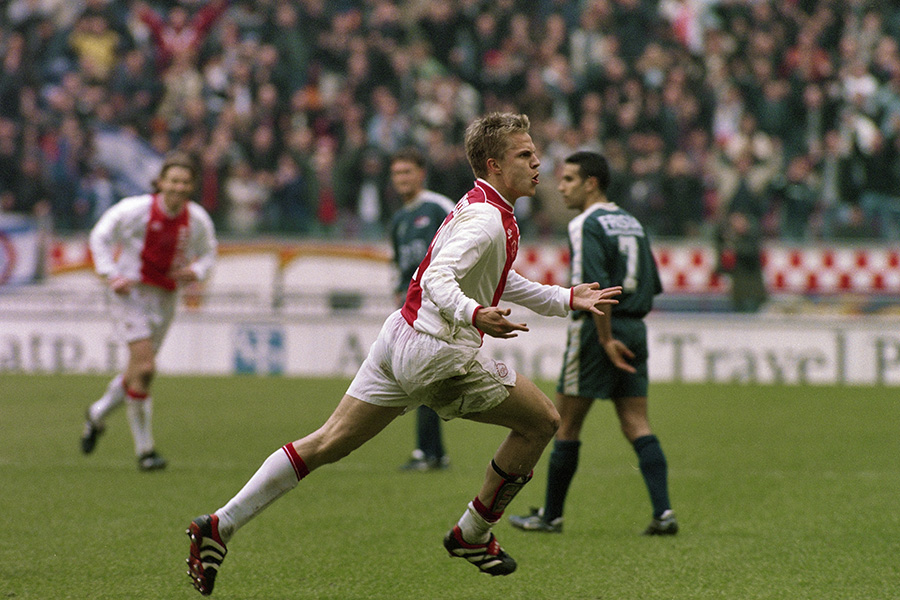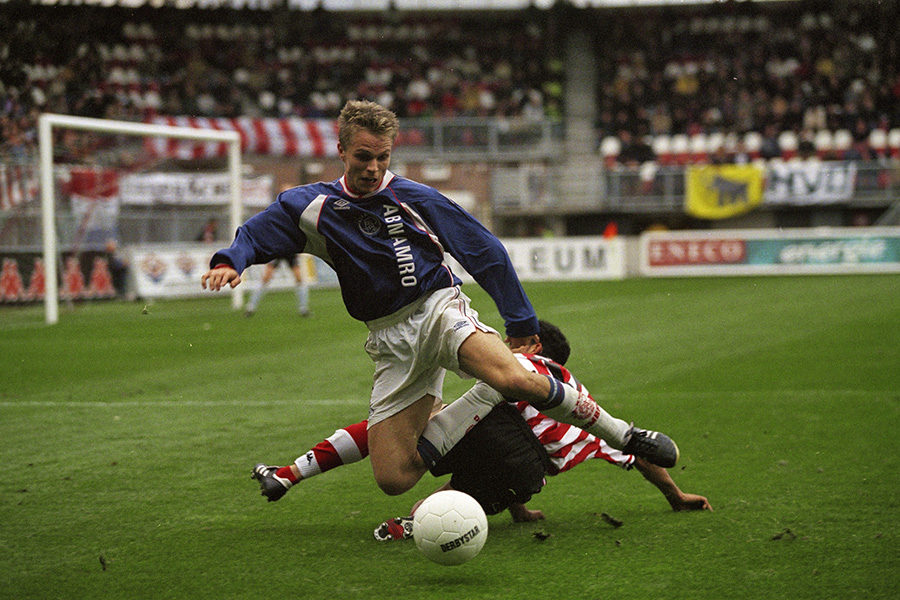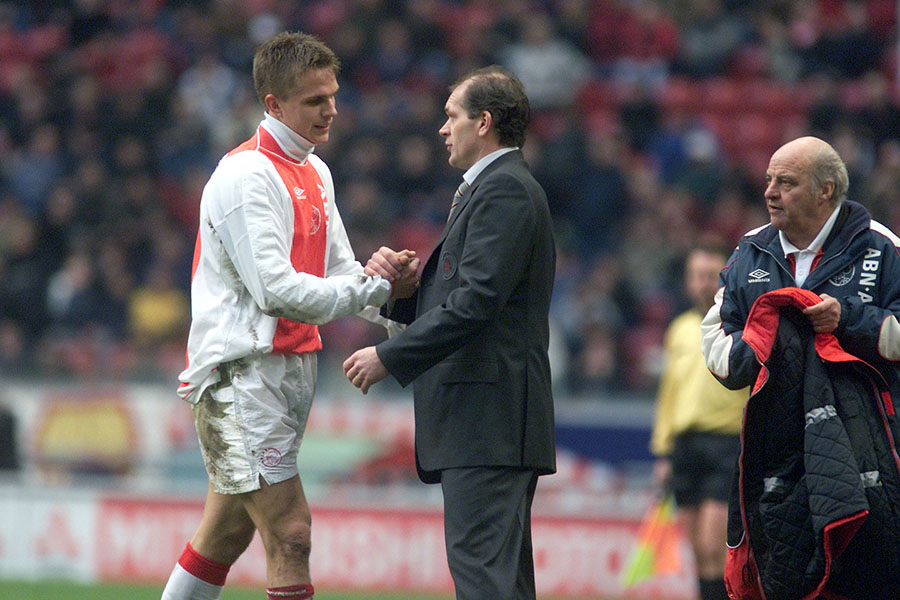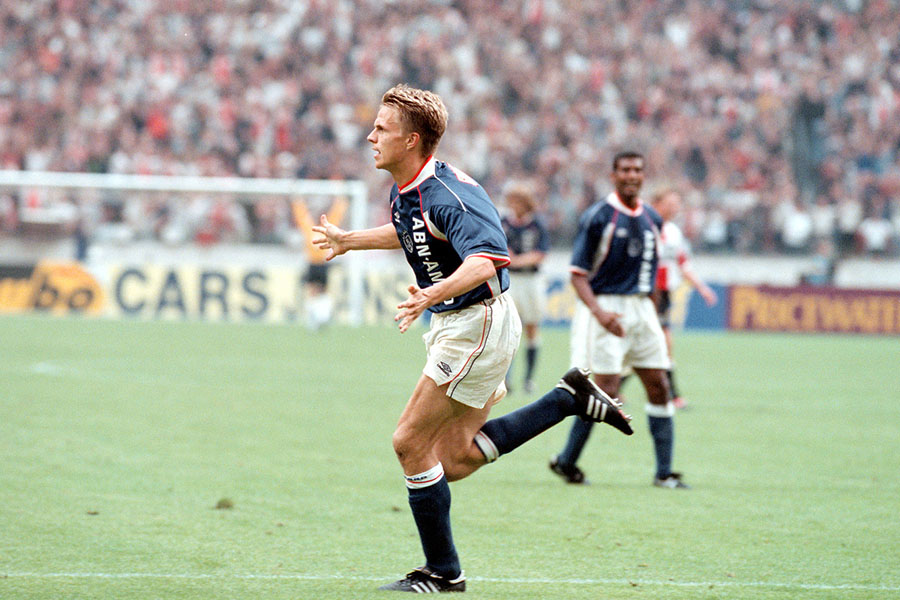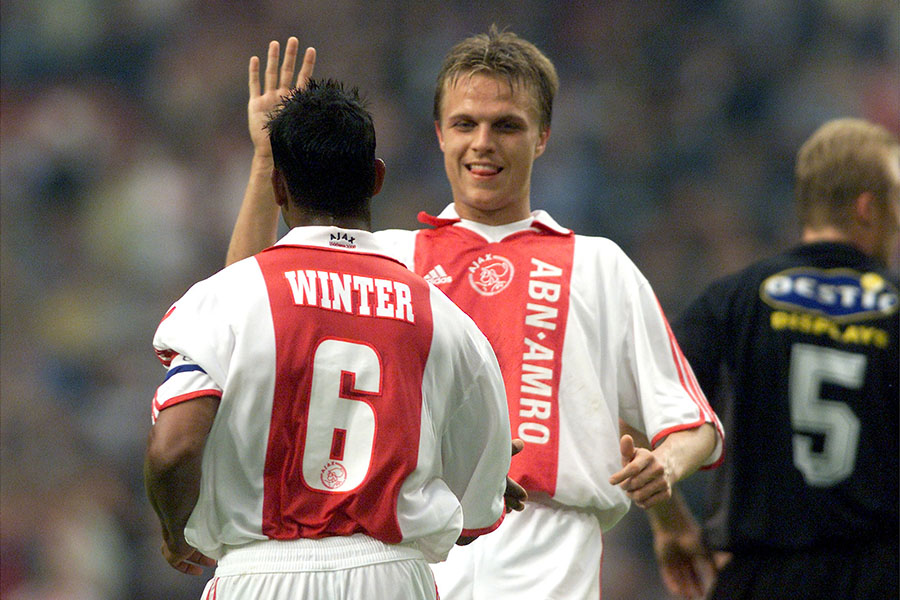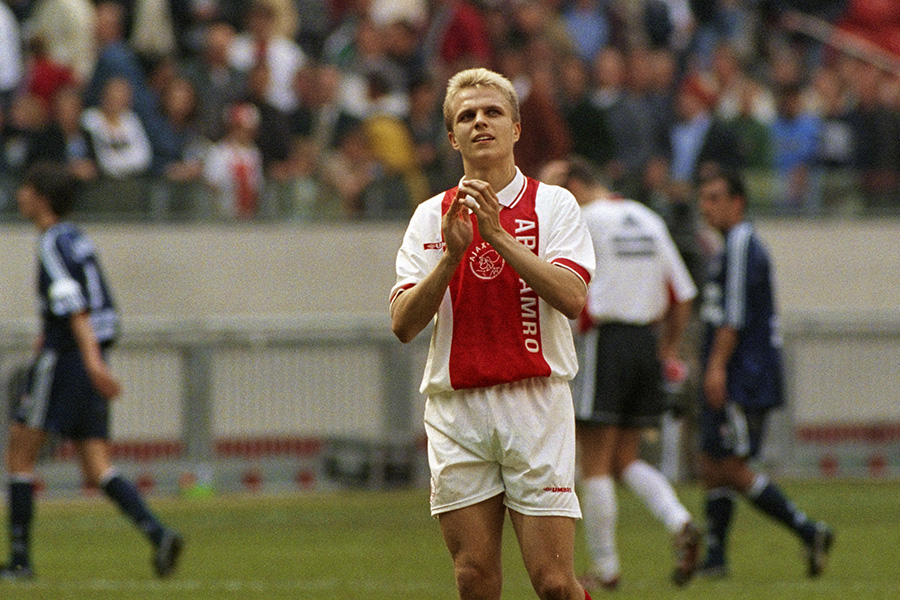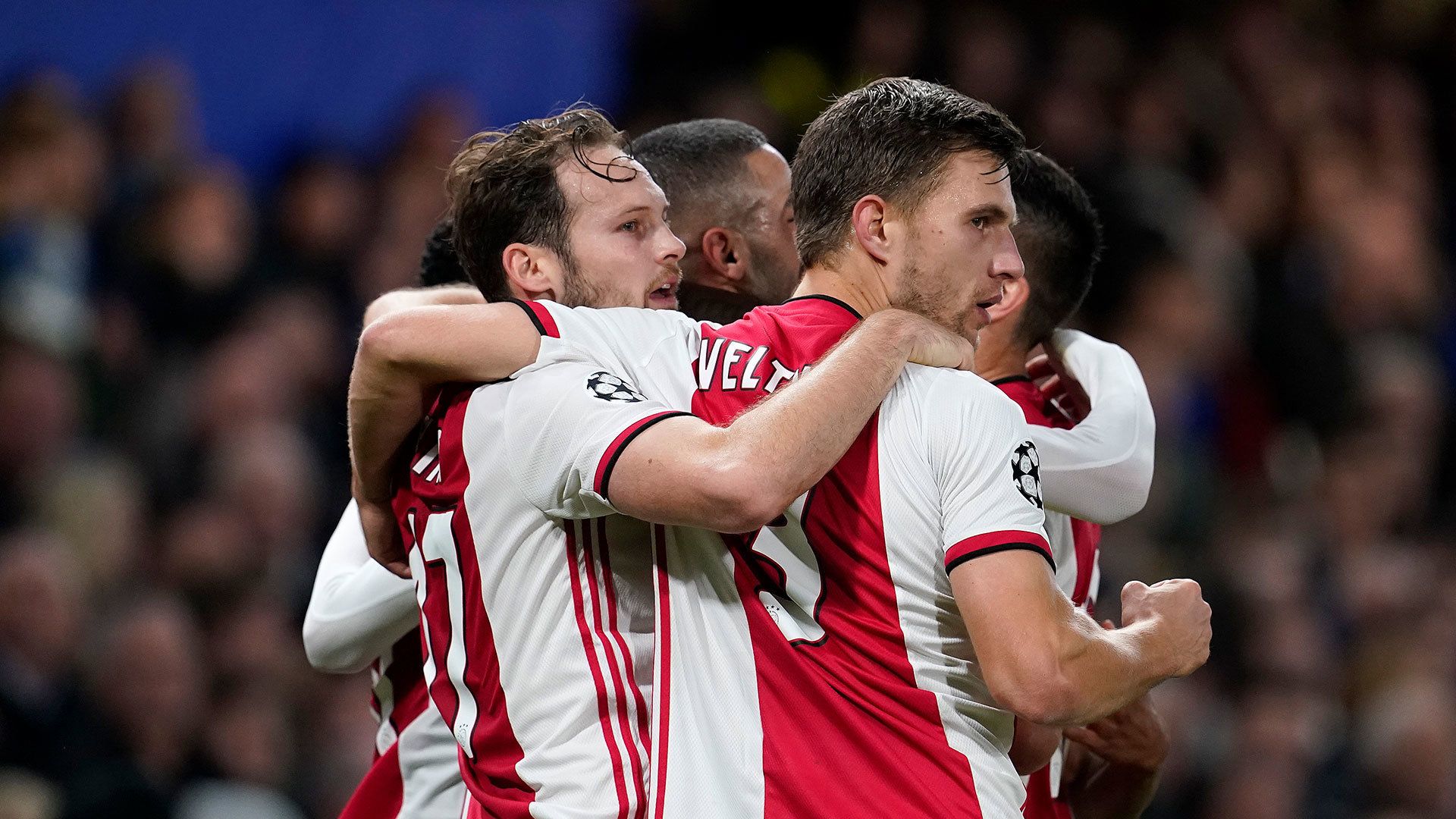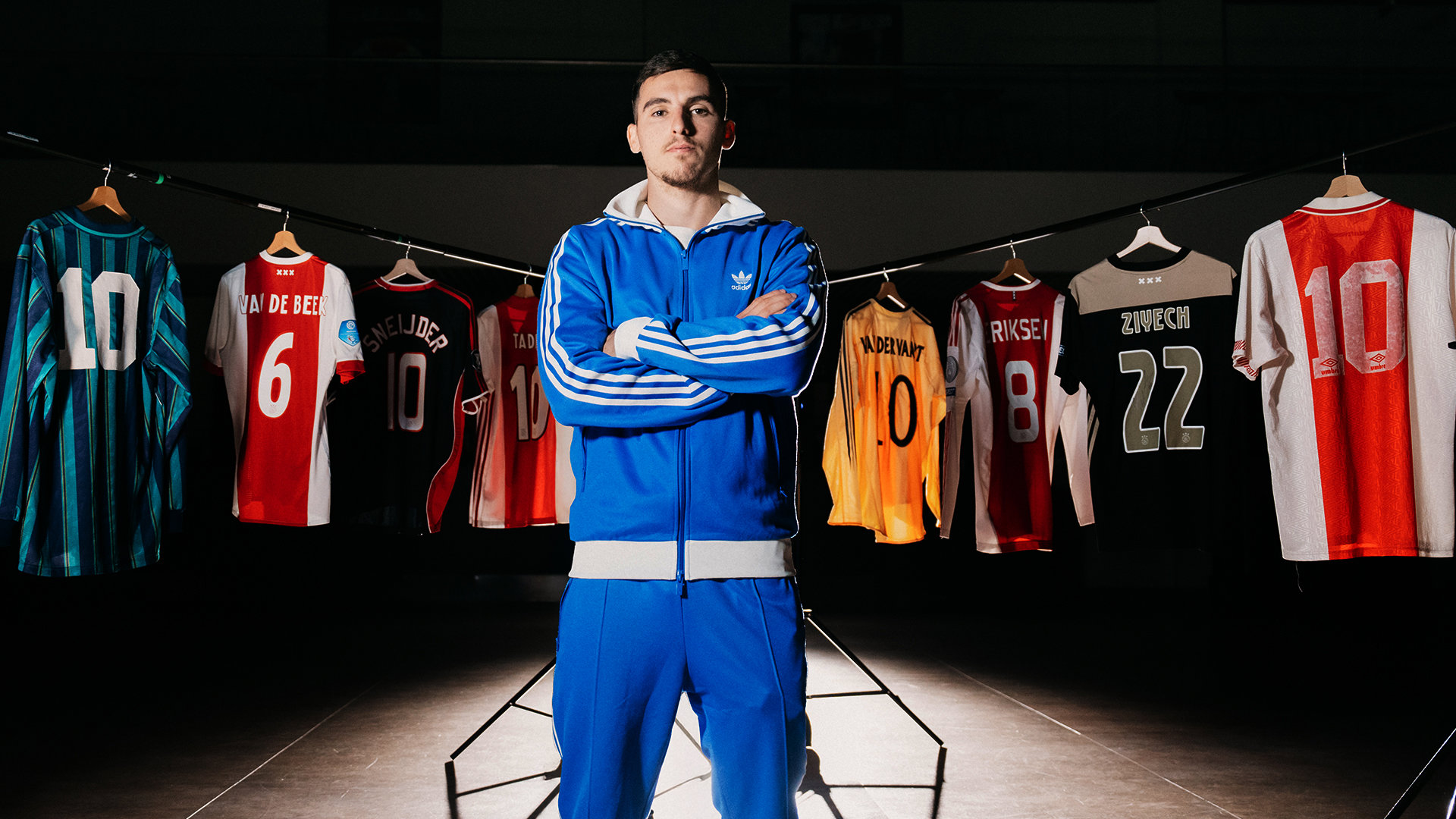Just back from a trip to the United States, Grønkjær messages: “I’m ready.” We get in touch and ask how his holiday was. “It was great, yes. I was away for ten days. But I’m suffering from a bit of jet lag now,” he laughs.
Life after football
"I feel really good,” he continues. “I currently live in Aarhus, live a good life, and am far removed from the football world.” Grønkjær retired from professional football in 2011 with FC Copenhagen and then worked for ViaPlay for twelve years. “I often worked with Jaap Stam,” he says.
For the past two and a half years, he has traded the football world for something entirely different. “I wanted to try something else, and now I’m in construction and apartment renovation, something completely new. During the last years of my career, I’d thought about it a few times, but I first became a pundit.”
With more than a hundred Premier League matches, nearly 160 appearances for FC Copenhagen, and experience in both the Bundesliga and LaLiga, Grønkjær has had a fine career. But now he enjoys the peace and quiet, and he loves it. “I enjoy my free time. Back then, it wasn’t a problem, but now my days aren’t fully planned out. That’s just how it was then, part of the job. As a footballer, you’re always in a (very pleasant) bubble. But you’re also quite isolated. Now I live more in the background and can do other things — skiing, padel, travelling; all the things I couldn’t do while playing football.”
“Though I must say, I do miss the togetherness of the team and working towards a goal. Professional football is an incredible learning experience. You learn about discipline, self-reliance, language, and how to handle pressure,” the former Ajax player reflects.
Move to Ajax
In the summer of 1998, just after Ajax had won the double under Morten Olsen, Grønkjær joined the club. “There was a bit of a transition going on. Ajax had won the Champions League three years earlier, but I noticed that the big names, Edwin van der Sar, Jari Litmanen, and the de Boer brothers, wanted to move abroad. That meant new players had to come in, and at the same time, relatively few young talents were coming through compared to the years before or after.”
Ajax indeed entered a difficult period, and the young Dane also struggled at first. “During the first few months, I played very little and then picked up a small injury. I had to realise that I needed to work on myself. Talent alone wasn’t enough. You had to train hard and be better than the day before. You had to measure yourself against your teammates and opponents.”
“And the difference from Denmark was big,” he continues calmly. “I learned football in a different way than I was used to. It was a good time to adapt to professional football as a young player.” His fellow countryman and coach helped him, though in a particular way. “Olsen was strict with me, even though we were both Danes. He, and later Jan Wouters, taught me the importance of details in professional football.”
After the winter break, Grønkjær came out of his shell. He earned a place in the starting line-up and scored six goals in the first five league matches of 1999. He became popular among the Amsterdam fans. “That was a great feeling. At that time, we played with proper wingers. I was a classic winger, and I think the fans liked that. Ajax’s style of play suited me perfectly.”
Cup final decider
His highlight came later that year. On 13 May 1999, Ajax faced Fortuna Sittard in the cup final. The Limburgers had beaten Ajax twice in the league, but May turned out differently. “It was a tough period, and winning a trophy then was very important.” Grønkjær scored twice and guided Ajax to a 2–0 victory. “Was it my best match? I don’t know, but it was one of my best moments at Ajax.”
The following season, Ajax again struggled, and Grønkjær started off with an injury. He left for Chelsea in the winter of the 2000/2001 season, playing his final match for Ajax 25 years ago, on 15 October that year. “I’m very grateful that I got to play for Ajax. I remember when I went to Chelsea — I was happy and sad at the same time. I loved Amsterdam, and it was my first club outside Denmark.”
“At Ajax, I learned how to be a professional footballer,” he continues. “Ajax is a fantastic club, much bigger than many people realise. I’m most grateful that I managed to reach the top, and Ajax made me into that footballer.”
Chelsea
The Dane, who scored sixteen goals in 70 official matches for Ajax, moved to Chelsea, Ajax’s Champions League opponents this Wednesday evening. “London was something completely different. I felt that Ajax had educated me as a footballer by the time I went to Chelsea. The biggest difference when I arrived at Chelsea was that I was suddenly the youngest again, while I’d been one of the oldest at Ajax. It was a good step for my development.”
Finally, we ask what he expects from the match in London. He apologises slightly. “Sorry, but I don’t watch that much football anymore. I still follow Ajax, but it’s hard for me to say what will happen on Wednesday at Stamford Bridge. I was at that crazy 4–4 in 2019, and I really got into the match then. Seeing the iconic Ajax shirt again, I was completely drawn in. But this Wednesday — no, I can’t say.”
